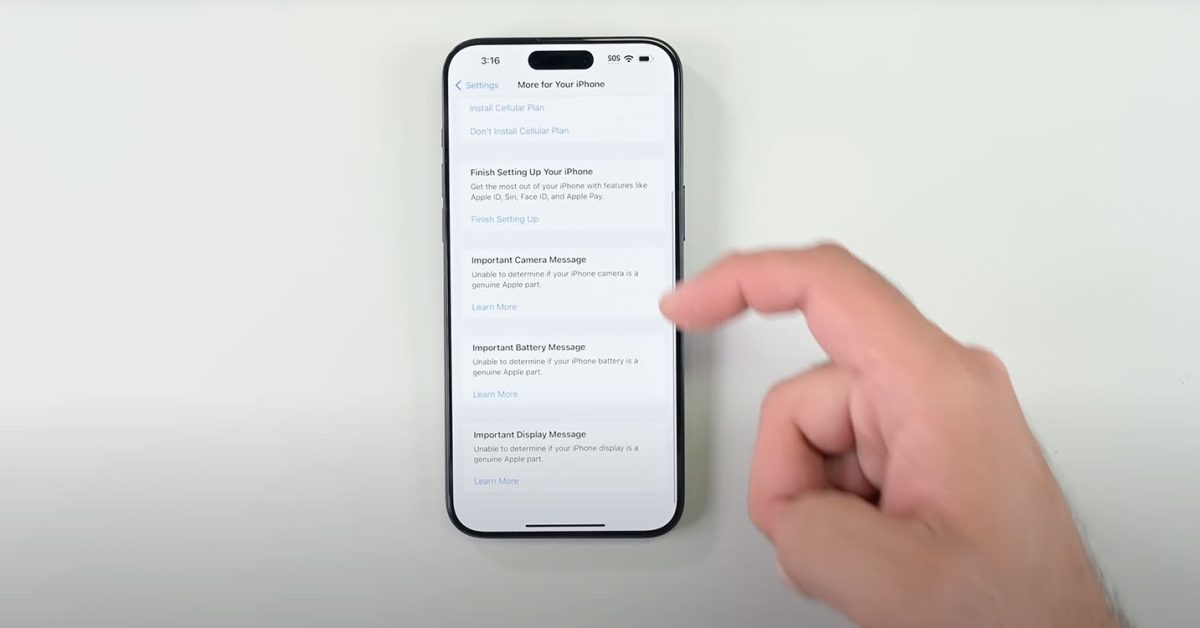Apple’s Next Right to Repair Battle: The Controversy of Parts Pairing

Apple’s U-Turn on Right to Repair Sparks Global Debate
After years of fierce opposition to right to repair legislation, Apple shocked the world with its U-turn on the issue by launching a Self Service Repair program in 2021. This initiative, initially introduced in California and now available nationwide, allows consumers to repair their own devices.
However, controversy continues to swirl around a practice known as parts pairing or serialization, which has become increasingly prevalent among manufacturers. Parts pairing involves digitally linking the serial number of a component, such as a screen, to the serial number of the device itself. This means that even if consumers replace a component with a genuine Apple part, the repair may not work if the pairing does not match.
The European Union is considering a ban on parts pairing, and similar efforts are being pushed in the United States, where right to repair campaigners are gaining momentum. Organizations such as Repair.org are actively working to add protections to state laws, including restrictions on parts pairing and other ambitious regulations.
The battle over right to repair has been a long and hard-fought one, with Apple and other companies resisting legislation that would grant consumers the freedom to repair their own devices. However, the growing movement in support of right to repair is gaining ground, with activists continuing to push for more comprehensive laws to protect consumers’ rights.
The impact of parts pairing goes beyond making repairs more difficult; it also poses a threat to the used product market, driving up prices for consumers. Refurbishers rely on harvesting working components from broken devices to restore others to like-new condition, but parts pairing undermines this practice.
While Apple has argued that parts pairing is necessary to ensure that all components are genuine, critics believe that it creates an artificial barrier to DIY repairs using authentic Apple parts. The ongoing debate highlights the need for clear and comprehensive legislation to protect consumers’ right to repair their own devices.
The shift in Apple’s stance on right to repair represents a significant turning point in the ongoing battle for consumer rights. It also sets an example for other companies to follow, demonstrating that greater transparency and support for consumer empowerment is the way forward in today’s marketplace. The global community eagerly awaits further developments in this important and evolving issue.
